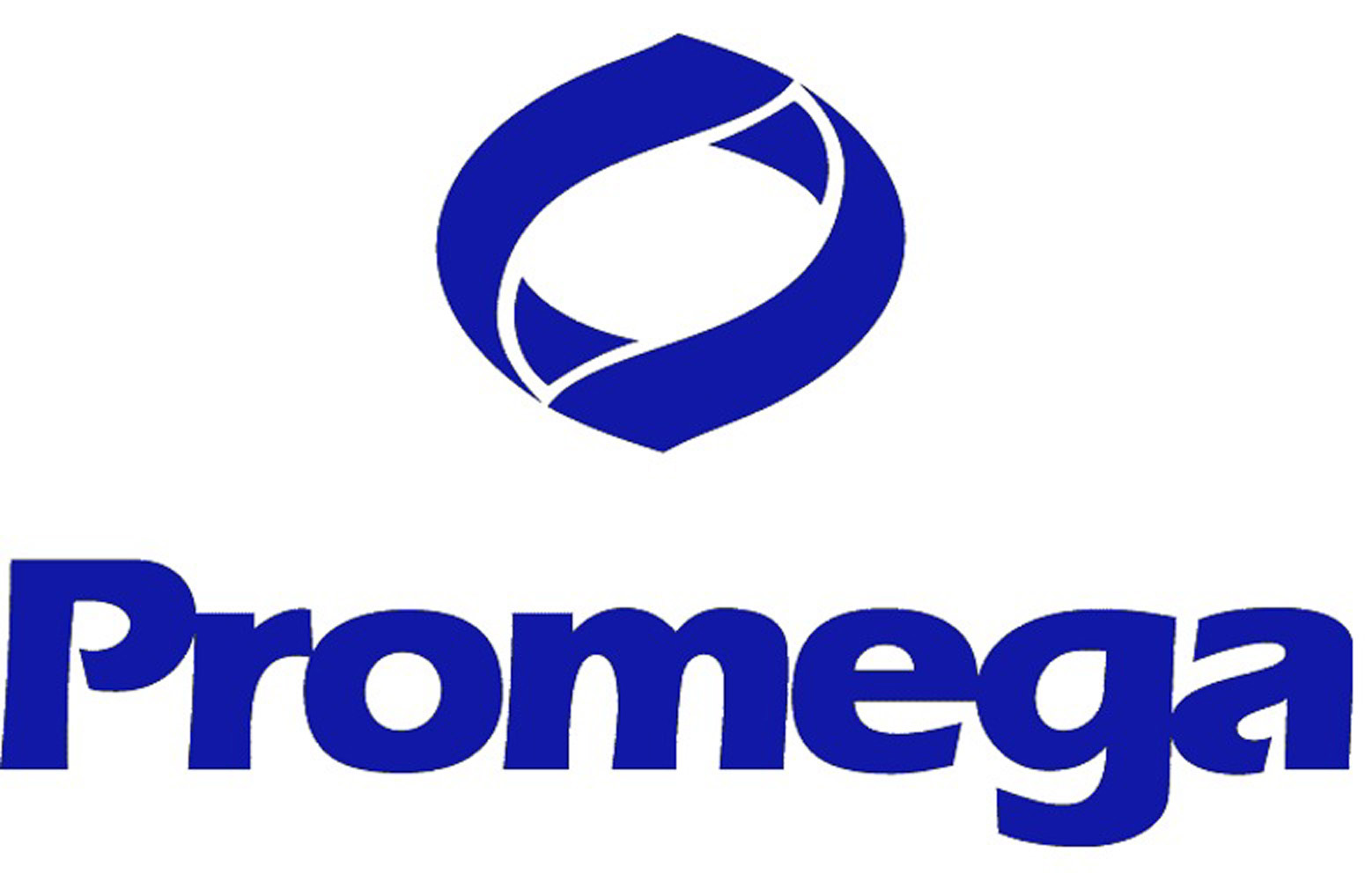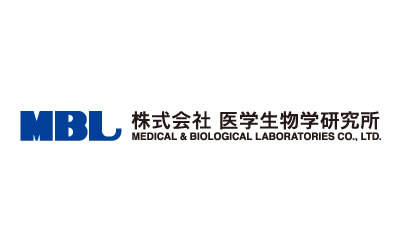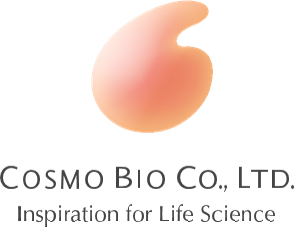Team:Nagahama
From 2014.igem.org
(→Bronze Medal) |
(→Silver Medal) |
||
| Line 86: | Line 86: | ||
==Silver Medal== | ==Silver Medal== | ||
| - | + | ; Experimentally validate that at least one new BioBrick Part or Device of your own design and construction works as expected. : | |
| - | + | ||
| - | + | ||
| - | + | ||
==Gold Medal== | ==Gold Medal== | ||
Revision as of 17:47, 17 October 2014
|
||||||||||||||
Contents |
We achieve GOLD Medal Criteria!
Bronze Medal
- Register the team, have a great summer, and plan to have fun at the Giant Jamboree.
- Yes, we are looking forward to having fun at the at the Giant Jamboree.
- Successfully complete and submit this iGEM 2014 Judging form.
- Yes, pleas look at HERE.
- Create and share a Description of the team's project using the iGEM wiki and the team's parts using the Registry of Standard Biological Parts.
- Thank you for visiting us!!
- Plan to present a Poster and Talk at the iGEM Jamboree.
- Yes. We plan on enjoying at the iGEM Jamboree!!
- The description of each project must clearly attribute work done by the students and distinguish it from work done by others, including host labs, advisors, instructors, sponsors, professional website designers, artists, and commercial services. Please see the iGEM 2011 Imperial College Acknowledgements page for an example.
- we share a role to accomplished project in this year. pleas look at HERE.
- Document at least one new standard BioBrick Part or Device used in your project/central to your project and submit this part to the iGEM Registry (submissions must adhere to the iGEM Registry guidelines). Please note you must submit this new part to the iGEM Parts Registry. Please see the Registry help page on adding new parts. A new application and/or outstanding documentation (quantitative data showing the Part's/ Device's function) of a previously existing BioBrick part also counts. Please see the Registry help page on how to document your contributions. To fulfill this criteria, you will also need to submit the part with its original part name to the Registry, following the submission guidelines.
- Yes, please look at HERE.
Silver Medal
- Experimentally validate that at least one new BioBrick Part or Device of your own design and construction works as expected.
Gold Medal
Abstract
Cadmium is the heavy metal which is very harmful to a creature. The pollution of cadmium brings a serious problem for natural environments. It is very important to collect this efficiently. We tried to solve this problem with recombination Escherichia coli which our team made in this year. We decided to make two kinds of recombination Escherichia coli. One traps cadmium on the outer membrane. It produces fusion protein with the heavy metal binding protein and outer membrane protein and it traps cadmium. Another collects other Escherichia coli. It produces aspartic acid of positive chemotaxis factor to Escherichia coli.
Is it necessary to distribute it to two kinds of why? We suggest the following theory for this question.
"One E. coli has One function theory"
There is the possibility that the following demerit occurs when I summarize two functions in one.The first is that the ability of the Escherichia coli situation decreases by producing multiple protein at a time.The second is that subsequent editing becomes difficult when we complete a gene cassette once. The merit in case of one kind is next. At first it is that a function becomes very simple.We can make Escherichia coli which was specialized in it by a function becoming simple. The number of Escherichia coli just leads to the level of the function, analysis becomes easy.
Experiment progress report
We finished the expression of Escherichia coli confirmation which composed aspartic acid by using thin-layer chromatography;TLC. Escherichia coli trapping cadmium is constracting plasmid now. We confirmed a chemotactic supporting experiment for aspartic acid and cadmium using non-recombinational Escherichia coli.
 "
"



